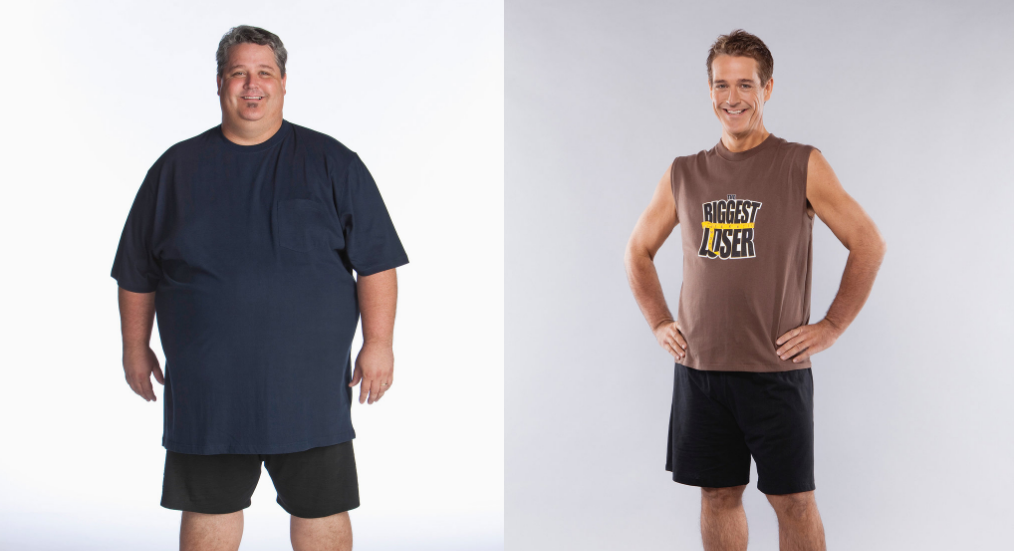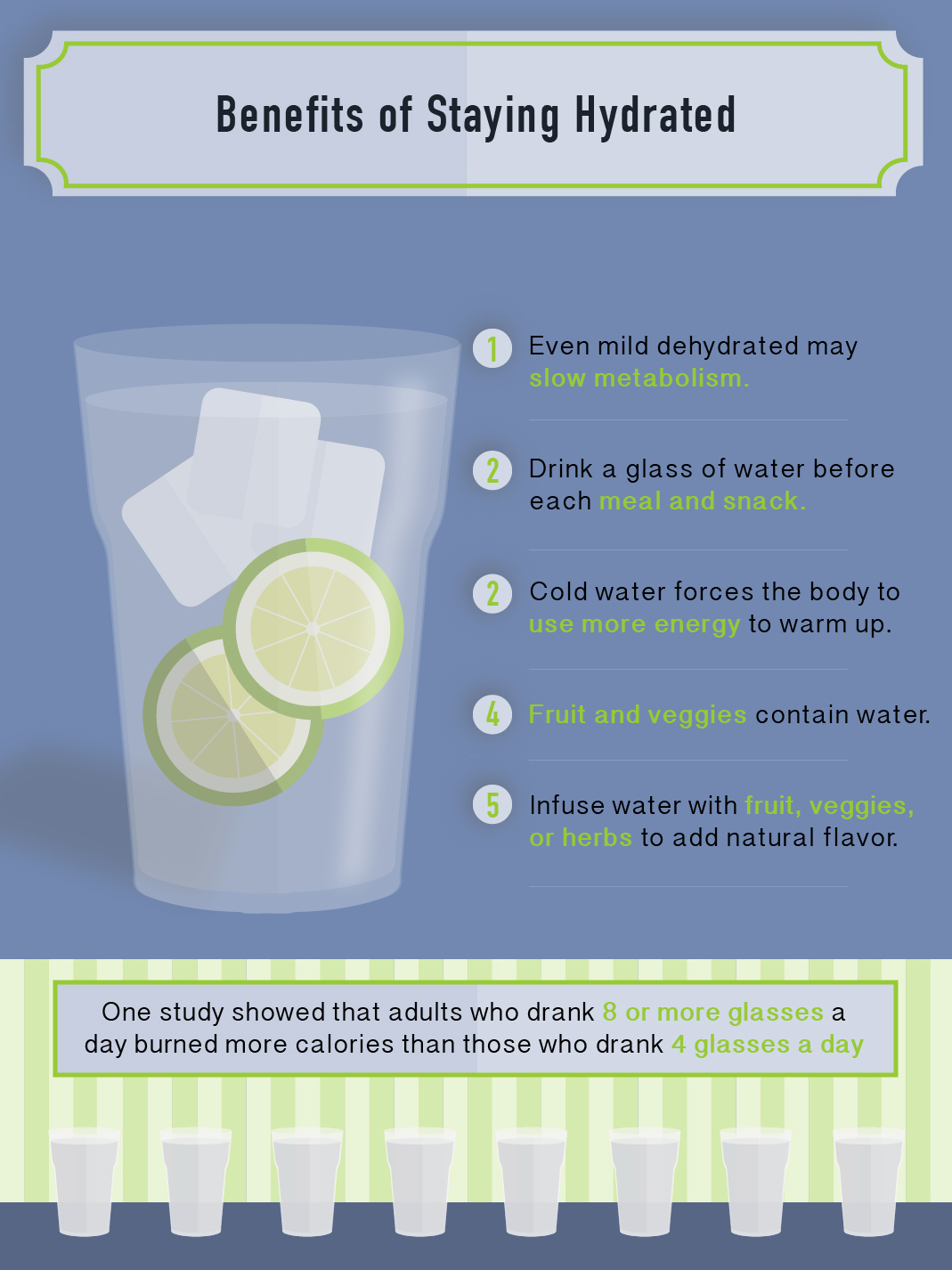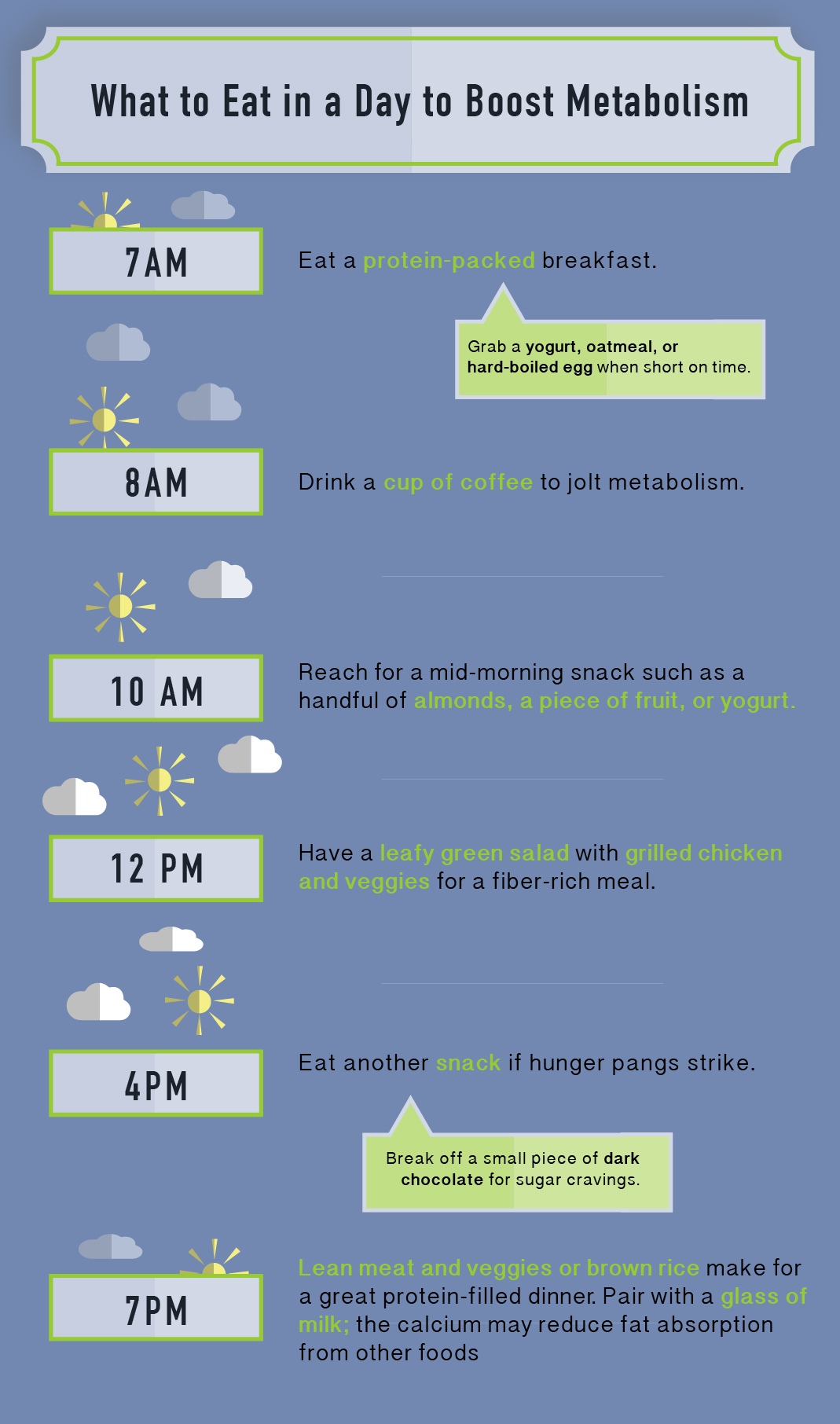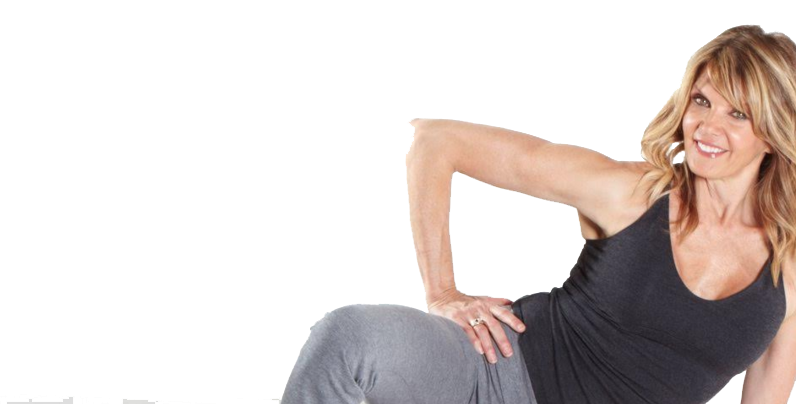Stress Literally Shrinks Your Brain: 7 Ways To Reverse The Damage
by Kathy Smith

We all know that living under stressful conditions has serious emotional, even physical, consequences. So why do we have so much trouble taking action to reduce our stress levels and improve our lives?
Researchers at Yale University finally have the answer. They found that stress reduces the volume of grey matter in the areas of the brain responsible for self-control.
So experiencing stress actually makes it more difficult to deal with future stress because it diminishes your ability to take control of the situation, manage your stress and keep things from getting out of control.
A vicious cycle if there ever was one.
But don’t be disheartened. It’s not impossible to reduce your stress levels; you just need to make managing stress a higher priority if you want to reverse this effect. The sooner you start managing your stress effectively, the easier it will be to keep unexpected stress from causing damage in the future.
“The greatest weapon against stress is our ability to choose one thought over another.” –William James
Luckily, the plasticity of the brain allows it to mold, change, and rebuild damaged areas as you practice new behaviors. So implementing healthy stress-relieving techniques can train your brain to handle stress more effectively and decrease the likelihood of ill effects from stress in the future.
Here are seven strategies to help you fix your brain and keep your stress under control:
1. Say No
Research conducted at the University of California, San Francisco, shows that the more difficulty that you have saying no, the more likely you are to experience stress, burnout, and even depression. Saying no is indeed a major challenge for many people. “No” is a powerful word that you should not be afraid to wield. When it’s time to say no, avoid phrases such as “I don’t think I can” or “I’m not certain.” Saying no to a new commitment honors your existing commitments and gives you the opportunity to successfully fulfill them.
2. Disconnect
Technology enables constant communication and the expectation that you should be available 24/7. It is extremely difficult to enjoy a stress-free moment outside of work when an email that will change your train of thought and get you thinking (read: stressing) about work can drop onto your phone at any moment.
Taking regular time off the grid helps you to keep your stress under control and to live in the moment. When you make yourself available to your work 24/7, you expose yourself to a constant barrage of stressors. Forcing yourself offline and even—gulp!—turning off your phone gives your body and mind a break. Studies have shown that something as simple as a weekend email break can lower stress levels.
If detaching yourself from work-related communication on weekday evenings is too big a challenge, then how about the weekend? Choose blocks of time where you will cut the cord and go offline. You’ll be amazed by how refreshing these breaks are and how they reduce stress by putting a mental recharge into your weekly schedule.
If you are worried about the negative repercussions of taking this step, try first doing it at times you are unlikely to be contacted—maybe Sunday morning. As you grow more comfortable with this, and as your coworkers begin to accept the time you spend offline, gradually expand the amount of time you spend away from technology.
3. Neutralize Toxic People
Dealing with difficult people is frustrating, exhausting, and highly stressful for most. You can control your interactions with toxic people by keeping your feelings in check. When you need to confront a toxic person, approach the situation rationally. Identify your own emotions and don’t allow anger or frustration to fuel the chaos. Also, consider the difficult person’s standpoint and perspective so that you can find solutions and common ground. Even when things completely derail, you can take the toxic person with a grain of salt to avoid letting him or her bring you down.
4. Don’t Hold Grudges
The negative emotions that come with holding onto a grudge are actually a stress response. Just thinking about the event sends your body into fight-or-flight mode, a survival mechanism that forces you to stand up and fight or run for the hills when faced with a threat. When the threat is imminent, this reaction is essential to your survival, but when the threat is ancient history, holding onto that stress wreaks havoc on your body and can have devastating health consequences over time. In fact, researchers at Emory University have shown that holding onto stress contributes to high blood pressure and heart disease. Holding onto a grudge means you’re holding onto stress, and emotionally intelligent people know to avoid this at all costs. Letting go of a grudge not only makes you feel better now but can also improve your health.
5. Practice Mindfulness
Mindfulness is a simple, research-supported form of meditation that is an effective way to gain control of unruly thoughts and behaviors. People who practice mindfulness regularly are more focused, even when they are not meditating. It is an excellent technique to help reduce stress because it allows you to reduce the feeling of being out of control. Essentially, mindfulness helps you stop jumping from one thought to the next, which keeps you from ruminating on negative thoughts. Overall, it’s a great way to make it through your busy day in a calm and productive manner.
6. Put Things In Perspective
Our worries often come from our own skewed perception of events. So before you spend too much time dwelling on what your boss said during the last staff meeting, take a minute to put the situation in perspective. If you aren’t sure when you need to do this, try looking for clues that your anxiety may not be proportional to the stressor. If you are thinking in broad sweeping statements like “Everything is going wrong” or “Nothing will work out” then you need to reframe the situation. A great way to correct this unproductive thought pattern is to list the specific things that actually are going wrong or not working out. Most likely you will come up with just one or two things—not everything. The key to keeping your cool is to remember that your feelings are exaggerating the situation and the scope of the stressor is much more limited than it might appear.
7. Use Your Support System
It’s tempting, yet entirely ineffective, to attempt tackling everything by yourself. To be calm and productive you need to recognize your weaknesses and ask for help when you need it. This means tapping into your support system when a situation is challenging enough for you to feel overwhelmed.
Kathy Smith, New York Times bestselling author, has stood at the forefront of the fitness and health industries for over 30 years. The numbers speak for themselves: Kathy has sold more than 20 million exercise DVDs - landing her in the Video Hall of Fame - and $500 million in Kathy Smith products. With her revolutionary approach to fitness, Smith has touched millions of people, inspiring them to move, live, and love.











